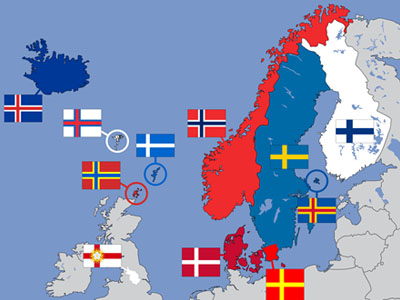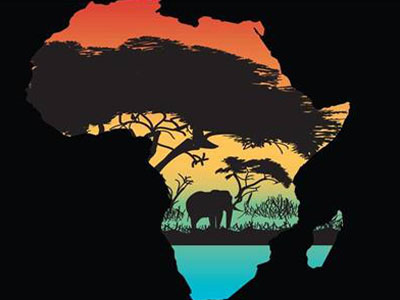Oliver Hermanus’ Movie, ‘Moffie’, Is Changing The South African Film Industry
Oliver Hermanus' Movie, 'Moffie', Is Changing The South African Film Industry


Written for JESPIONNE

Topaz Jonez Goodall
The South African film industry has not had many moments in the 21st century to have a breakout hit other than Tsotsi in 2005 and District 9 in 2009--until now, with the film Moffie. South African native Oliver Hermanus uses Moffie to explore the topic of homophobia in South Africa by telling the story of a gay teenager who is drafted in the army set in the 1980s. The title of the film itself explores some of the controversy tied to homosexuality in South Africa since it is a derogatory term used against gay men in that region. Some of the themes that Moffie touches on are toxic masculinity, violence,
racism, and homophobia. These topics are not usually focal points of South African films, making its release such a fascinating talking point in the current state of South Africa. During the first release of the film, there were protests in South Africa against the abuse and murders of women, called “femicide.” Moffie would become a part of a bigger conversation due to its raw depiction of some of the issues that were plaguing the women of South Africa as well. The undeniable numbers that show that what is happening in South Africa against women is an epidemic of toxic masculinity and violence.



"T he challenge in South African film landscape right now is that it still seems to exist very much within racial boundaries."
- Oliver Hermanus

March 2021

The film Moffie has started a campaign to bring awareness to homophobia in South Africa. They have a series on YouTube that has various videos of South African gay men recounting their experience with the word, moffie. The men are using this chance to reclaim the word but also acknowledge the pain they received from it.



The film industry in South Africa is not as extensive as American cinema, but the stories they tell bring attention to the past and present of the country. The appeal of film is not high to South Africans, but the international appeal has made it apparent there is an audience for South Africa’s film industry. Some major films have been filmed in South Africa but were meant for the American audience. If the resources that came to South Africa were used improve the infrastructure of the film industry there, then the audience there would feel more inclined to support.
Moffie is sparking needed attention to South Africa for the film industry to be taken seriously there. The primary problem that affects the industry is the fact the audience doesn’t feel the need to go to the theaters and watch. If more money in distribution and marketing were put towards the films created in South Africa, then it would have a better chance of reaching the people. Films like Moffie show that South Africa produces undeniable talent. If the proper actions aren’t taken to broaden the exposure of films that are made there, then the film industry will never reach its maximum potential.


Reference Article

By GUY LODGE for THE GUARDIAN
“The subject matter did bother me at first,” he says from his home outside Cape Town, where he’s self-isolating under coronavirus lockdown. “It was my mum who actually said to me, ‘Why make another film about white men in apartheid South Africa?’ “ “But the challenge is to find the centre of it that resonates with you completely. And for me, that became not just about the character’s sexuality, but about the shame factor: the fact that under this regime, boys were sort of shamed into becoming a certain kind of man. Because we keep asking the question, especially in South Africa: where does our toxic masculinity come from? When I looked at it that way, when I sort of saw this as an exploration of our past that informs our present, I was more comfortable with it.” “I know it’s a very triggering film – it had to be,” he admits. “We’ve had an overwhelming range of reactions to the film in South Africa: some from gay men who had been to the army and felt identified and recognised, some from men who don’t necessarily acknowledge the fact that they are still traumatized. One member of the press had a panic attack at a screening. These are common experiences, but they haven’t been widely addressed in South African culture.”
Though the film is set in the whites-only domain of the army, Hermanus doesn’t skimp on depicting anti-black violence: “It was a dangerous choice, I know, to have all of the black characters be physical objects, victimised on the sidelines. But that’s how it was: there’s a white gaze there, and we needed to see that.” He cites inspiration from the 2010 Abdellatif Kechiche historical drama Black Venus – which depicted the white objectification and abuse of black South African performer Saartjie Baartman, to divisive effect. Hermanus is prepared for pushback on the point of view he’s taken, but doesn’t see South African cinema evolving via kid-glove treatment of its own ugly history. “The challenge in the South African film landscape right now is that it still seems to exist very much within racial boundaries: white money making nostalgia pieces for white people that are devoid of black people, and then you’ve got black filmmakers making romantic comedies and genre films about black lives,”
Photos
MoffieFilm / ScreenDaily / TheCitizen / The Guardian
TAGS
SOUTH AFRICA / GHANA / CAPE TOWN / LAGOS / FILM / MOVIE / STREAMING / PROTESTS / / MASCULINITY / FEMICIDE

March 2021





































